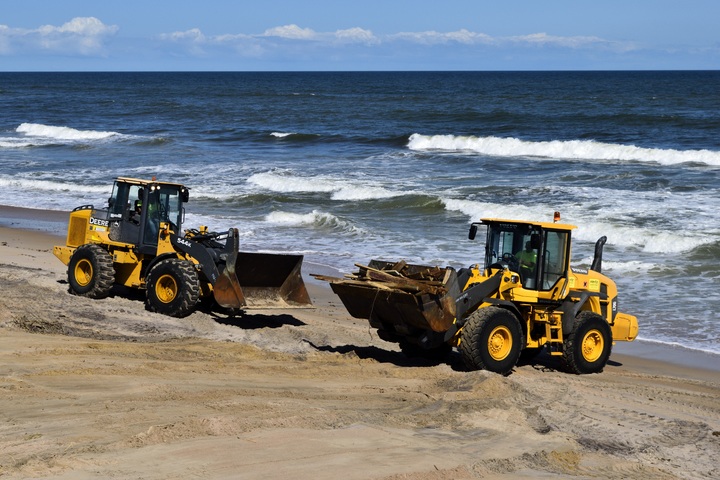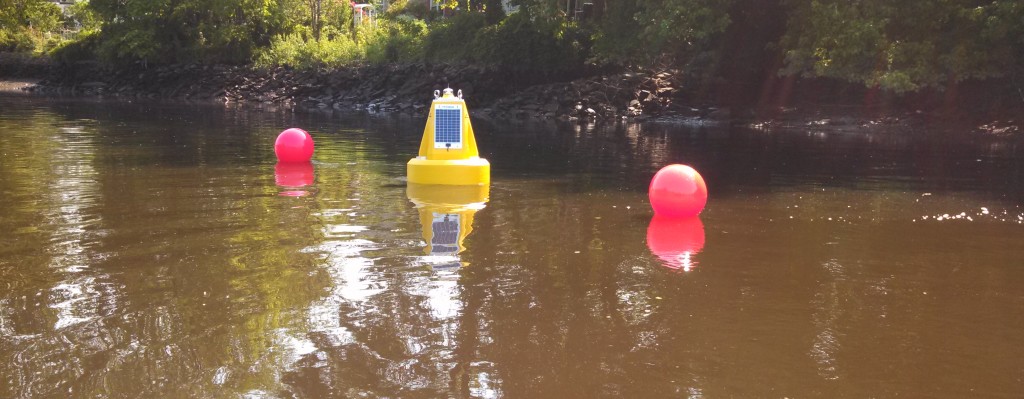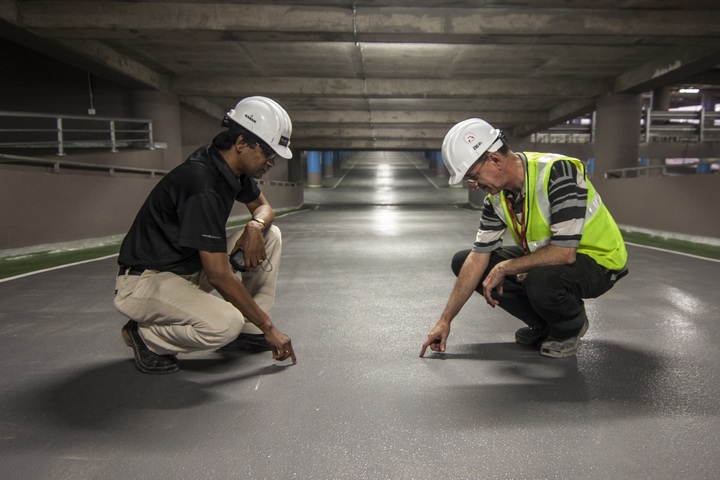The Piping Plover Monitor for Beach Construction Environmental Course

Climate change and its enormous impact are a top concern in the country and worldwide. Today, we see a sudden increase in the frequency and ferocity of natural weather phenomena such as hurricanes, tornadoes, and floods. Apart from the weather patterns, there is a growing concern about the wildlife impacted by processes such as construction, human disturbance, and soil erosion.
In recent years, the construction industry has expanded exponentially all across the country. The cities are getting overpopulated, and construction has moved to remote areas where there is ample land and availability of natural resources. However, the remote areas are home to various distinctive wildlife that are categorized as ‘threatened’ and ‘endangered.’
The Need to Conserve the Piping Plover Population
Nearly all types of construction impact the surrounding environment. However, the government construction project includes buildings and infrastructures constructed on different surfaces and terrains. For example, building a dam involves extensive planning and use of machines, materials, and labor. Moreover, the worksite is carefully selected after analyzing all the design and development parameters.
The construction operation along the streams, lakes, rivers, and seas is quite challenging not only due to topography but the impact on the surroundings. For example, dredging operation is necessary for new construction, expansion, or maintenance of ports, harbors, and shipping channels. The dredging process disturbs the sediments that directly impact marine wildlife and other ecosystems.
Apart from the aquatic animals, certain birds settle in coastal locations. One such bird is the ‘Piping Plover’ that is counted as an endangered species by the US Fish and Wildlife Service.
The plover is a small shorebird similar to a sparrow that settles and feeds along the coastal shores of North America. It has a unique black line across the front of the chest across the forehead from one eye to the next. Also, the color of the legs is a combination of yellow, orange, and red.
The plover can easily blend in with the surroundings, which makes it difficult to spot on the wide sandy beaches. The piping plover population is estimated to be around 7500 – 8400 and can decrease if proper conservation activity is not implemented.
Titan University offers mandatory environmental compliance courses for a federal government construction project. The Piping Plover Monitor for Beach Construction is an online course developed to prevent the potential risks to the natural habitat of Piping Plover.
All types of government construction contracts and USACE (US Army Corps of Engineers) includes an Environmental Manager who oversees all the environmental aspects of a particular construction. There are certain modules or lessons that individual needs to study in the Piping Plover Monitoring course, such as
- Details about Piping Plover and its population
- The living and eating habitats
- The difference between the classification of ‘Endangered’ and ‘Threatened’
- Reasons for the decline in its population
- Protective steps to improve Piping Plover population
- Activities such as construction that pose a threat to the critical habitat
The Piping Plover Monitoring course is ideal for most professionals and workers involved in USACE projects regarding construction or expansion in harbors and ports. The SSHO (Site Safety and Health Officer), Quality Control Manager, and workers on dredging or disposal sites can also take this course.
Why Take the Piping Plover Monitoring Course?
The purpose of the course is to let you know about the potential risk that Piping Plover has due to the construction process in their habitat. Some of the steps that you will get to know about are
- Listing
In 1986, the US Fish and Wildlife Service listed the Great Population in the ‘Endangered species’ category. Also, the population in the Atlantic and Northern Great Plains was termed as ‘Threatened.’
- Recovery Plans
This step covers all the plans to be implemented to help Piping Plover survive and grow.
- Habitat Protection
The focus of the conversation efforts is on various measures to protect the living and nesting habitat of the bird. Human access or intervention is minimum in the bird’s nesting areas. Industrial and commercial development needs to be limited. One of the biggest concerns for industrial buildings and factories is the ‘disposal of waste.’ In-state of Michigan, many residents have pledged to save the habitat of the piping plover.
- Public Awareness
A comprehensive awareness campaign is run in those states where there is a Piping Plover population. The emphasis is to provide information about conservation to the communities along the coastal locations.
- Research
The federal and state agencies have certain research groups that work on the numbers of Piping Plover, determine how the birds breeding in different seasons, and monitor any long-term changes in the bird’s population.
The common threats that the Piping Plover face includes construction projects, human disturbance, predation from other wild and domestic animals. There is also a major threat from ACM (Asbestos Containing Material), which can be any material having more than 1% asbestos. Any building that needs renovation or has to undergo demolition involves the removal of hazardous materials that could be stored.
Bottom Line
The Piping Plover population is susceptible to lose due to coastal development projects, erosion, rising sea level, and recreation activities.
Titan University offers environmental expertise to numerous clients in the government construction industry. The environmental compliance courses are purposefully developed considering the potential threats to wildlife and endangered species. You can easily make an online account and take the courses. To get a certificate, you will have to pass the quizzes at the end of every lesson and secure 70% marks or more in the final examination.






This seems like a really interesting course! Will definitely consider taking in the future. Seems like a good way to have a skill/qualification many others will not.